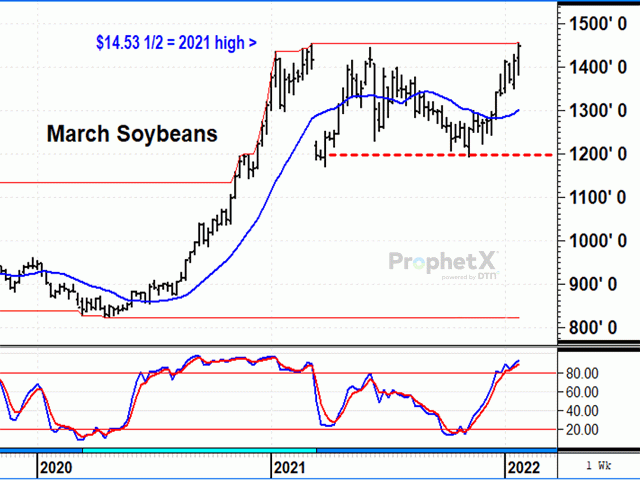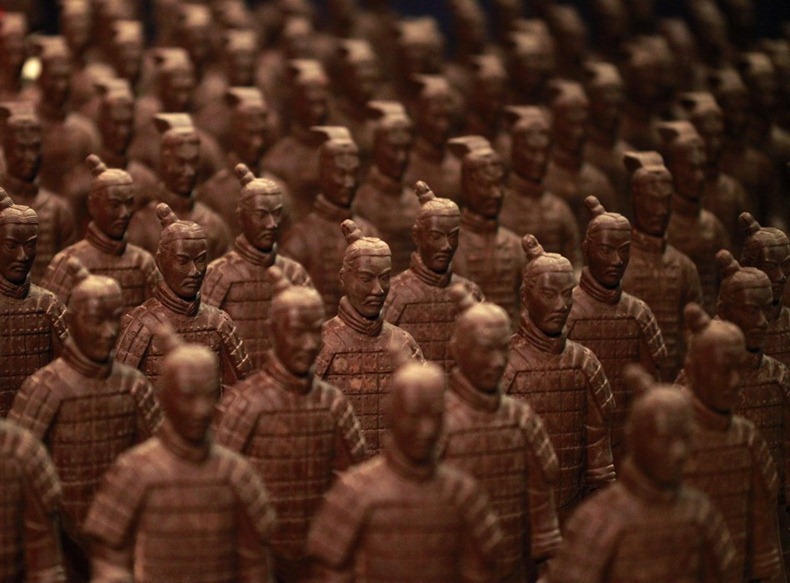Two posts from very different sources addressing covid that could just as well be talking climate. TL;dr: "We may agree on some basics of the science but there is no way in hell that makes your policy prescriptions either acceptable or even correct, ya loser." (sometimes I get excited and I'm done being nice to agenda pushers)
First up, the headliner from Inside Sources, December 26:
Year-End Musings on COVID, Science, and Chainsaws
COVID-19 has provided a best-of-times,
worst-of-times experience for expertise. The science has been
spectacular, but discourse on that science has often been abysmal.
The same-year development, testing, and
approval of vaccines was remarkable. The mRNA platform behind the Pfizer
and Moderna vaccines could become the Swiss army knife of therapeutics.
It’s already being mobilized against cancer and genetic illnesses.
I’m no virologist or geneticist, but
experts I respect persuaded me of the vaccines’ safety and efficacy. I
got jabbed as soon as possible and regret that others chose not to. I
wear masks in some situations, and not others. I see people socially but
avoid large crowds. I favored lockdowns and school closings in early
2020 but think they lingered too long. My guess is that jurisdictions
focused on the most vulnerable populations (elderly, immunocompromised,
etc.) will seem wiser in hindsight than those that applied draconian
mitigation strategies over their entire populations.
I think I’m right on these things, though I
recognize that future evidence might say otherwise. I’m grateful for
the scientists who developed the vaccines but strive to maintain an open
mind on all scientific matters, along with a sense of humility and a
generous spirit toward those who disagree with me. A proper
understanding of science demands no less.
The history of medicine offers ample
reasons to avoid smug certitude which, unfortunately, is abundant on
social and traditional media. Science is always about likelihood and
never about certainty, though word apparently hasn’t reached Twitter and
TV news.
Then there is the flagrantly political
demeanor of so many COVID experts. I’m not at all prepared to say
whether red states or blue states were wiser in their public policies.
Too many confounding variables. I’ll make one exception, which is to say
that the press and others besoiled themselves by relentlessly lionizing
ex-New York Gov. Andrew Cuomo. Today, few Democrats or Republicans
quote his tweet from May 5, 2020: “Look at the data. Follow the science. Listen to the experts. … Be smart.”
Here’s why they shouldn’t. Science, like a
chainsaw, is an exceedingly powerful and useful tool. But “follow the
science” makes no more sense than “follow the chainsaw.” The chainsaw
doesn’t know the safest way to cut a tree, and science—let alone some
anthropomorphic vision of it—can’t weigh the tradeoffs between slowing
COVID and shutting down schools and cancer surgeries.
Science informs individual and collective
choices, which depend not only on those scientific findings but also on
subjective preferences and one’s degree of confidence in those
scientific findings. As for “listen to the experts,” Cuomo wrote the book on COVID expertise, and that book’s fall has been as spectacular as its author’s plummet.
Medical history is littered with experts
who were spectacularly wrong. When Ignaz Semmelweis suggested that
doctors employ antiseptic medical procedures (e.g., washing hands in
maternity wards), medical experts were offended and conspired to destroy
Semmelweis. When Stanley Prusiner suggested that misfolded proteins
could cause mad cow disease and its human equivalent, Creutzfeldt-Jakob
Disease, he was pilloried as a heretic—a pejorative that didn’t entirely
vanish when he received a Nobel Prize for his work. As physicist Max
Planck said, “Science progresses one funeral at a time.”
In October, novelist and essayist Ann Bauer wrote a poignant column, “I Have Been Through This Before,”
on her discomfort with the parade of cocksure COVID experts issuing
ever-changing diktats and pronouncements. When vaccines didn’t end the
pandemic, she wrote, “doctors and officials blamed their audience of 3
billion for the disease. The more the cures failed, the greater the
fault of the public.”....
....MORE
And another thing: Stop misquoting Max Planck, dammit. What he wrote was:
“A new scientific truth does not triumph by
convincing its opponents and making them see the light, but rather
because its opponents eventually die, and a new generation grows up that
is familiar with it.”
— Max Planck, Scientific Autobiography and Other Papers
And from The Philosophical Salon, January 24:
Round and Round We Go: Covid-19 Policy and the Limits of Science
The pandemic has made debaters of us all. We’ve argued with friends,
family, and online strangers about why we need more or fewer
restrictions. We’ve shaken our fists in exasperation at the people in
the opposing camp, those people who just don’t get it…
The arguments typically go nowhere. That’s because we’re not really
arguing about public health or about science. We’re arguing about
different ways of seeing the world.
Allow me to introduce Vania and Zeke, two characters who have been
fighting for space inside my head, to make the point. Over the past two
years, Vania and Zeke have both firmed up their thoughts about Covid
policy. Let’s follow them into a coffee shop, where they’re meeting for
the first time after a few weeks of texting. Their date gets off to a
promising start — until the conversation turns to the pandemic.
— Vania: It’s such a shame. If people had come together and acted as a
community, we could have beat this thing by now. Instead, we’re still
facing restrictions almost two years in.
— Zeke: Why would you expect close to eight billion people to think and act the same way?
— Vania: It’s a pandemic. We have to work together if we want to solve this.
— Zeke: Any strategy that requires full compliance is doomed to failure. People are different, with different priorities.
— Vania: Sometimes we have to set our individual priorities aside and do the right thing.
— Zeke: Who gets to decide what the right thing is?
— You don’t think protecting people’s health is the right thing?
— You don’t think protecting democratic freedoms is the right thing?
— Your freedom ends where my safety begins. Nobody has the freedom to infect others.
— Living life carries an inherent risk. Take all the precautions you
want, but don’t expect the world to stop until it’s scrubbed of all
risk.
— Don’t be dramatic. Wearing a mask and social distancing are not stopping the world.
— I beg to differ. Socializing is a human need, not a frill.
— We can adapt our social interactions during an emergency. If only we had the discipline…
— Ah yes, Zoom calls. Or would you like to bring social bubbles back? Forgive me if I take a pass.
— Even if it protects your loved ones?
— There’s reasonable protection and unreasonable protection.
— Just be honest and say you don’t care about lives.
— You don’t care about what makes life worth living.
— To have a good life, you have to be alive in the first place.
— The great majority of people will survive the virus, but restrictions make life worse for just about all of us.
— So does long Covid.
— Long or short, Covid isn’t going away.....
....MUCH MORE









